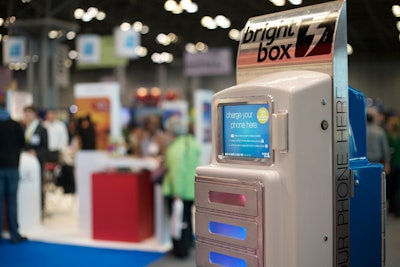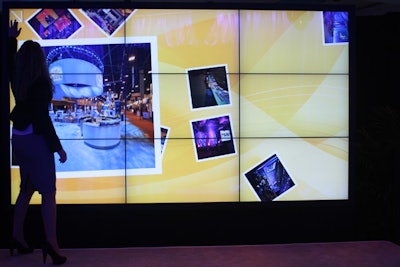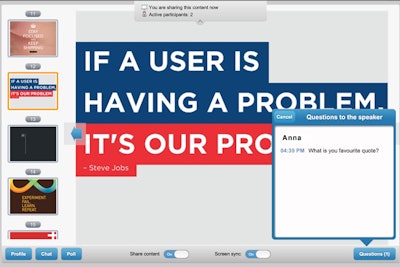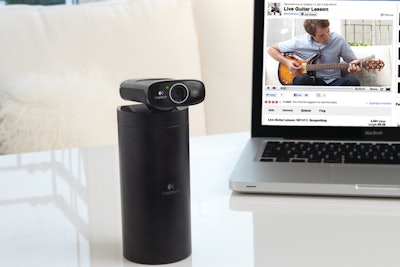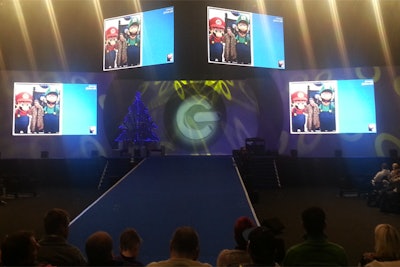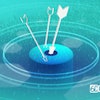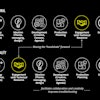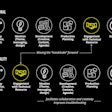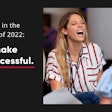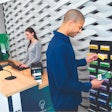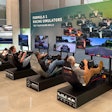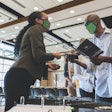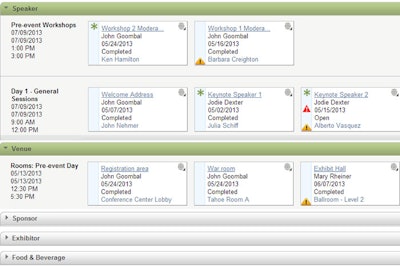
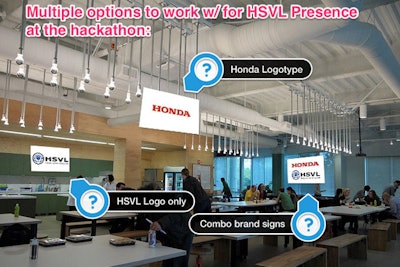
Skitch is an app from Evernote. The system allows users to add text, shapes, stamps, and drawings to images such as screenshots, photos, floor plans, and PDF files. The app is intended to be used in conjunction with an Evernote account, allowing the images to be saved and shared through the platform. The images can also be shared through Twitter, Facebook, email, or public URL.
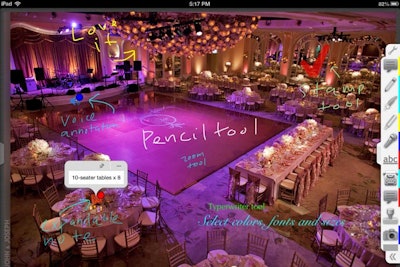
Intended for use with iPads, iAnnotate provides a variety of tools to add notes to images, PDF files, Word documents, and PowerPoint slide shows. Annotation can be added as text or voice notes, and there are tools for highlighting, underlining, and strike-through. Files can be shared through Dropbox, Google Drive, and other cloud-based services.
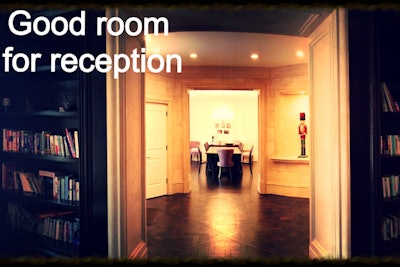
Cycloramic is an app that makes an iPhone spin 360 degrees to take panoramic photos and video. The app operates hands-free with an iPhone5 or in guided mode on other iOS devices. An update in June added an editing studio that allows users to add text and filters to photos. Images can be saved in the app’s library and shared via email or on social networks.
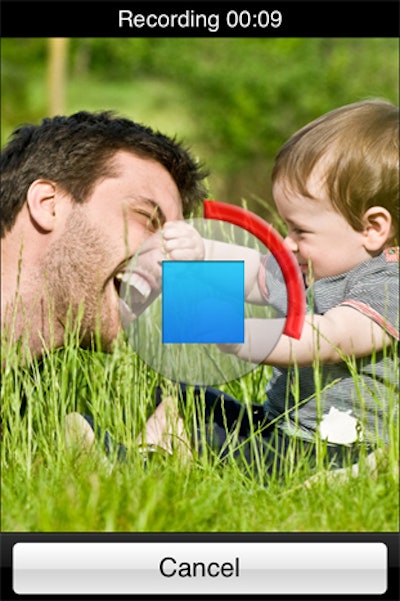
SpeakingPhoto allows users to add as many as 30 seconds of voice notes to a photo. Multiple photos can be compiled into a storyboard and then saved to the camera roll or shared via email, Facebook, or YouTube. An update later this month will allow users to combine eight images; the current version allows five. SpeakingPhoto is an app for iPhone and iPad, but the update will allow Android users to receive and play the photos.
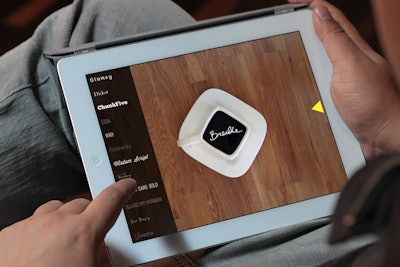
Over is an iPhone and iPad app that allows users to add artistic text and artwork to photos. The app offers more than 200 fonts. After adding text, users can save images to their camera roll or share via Instagram, Pinterest, Twitter, Facebook, or Tumblr.
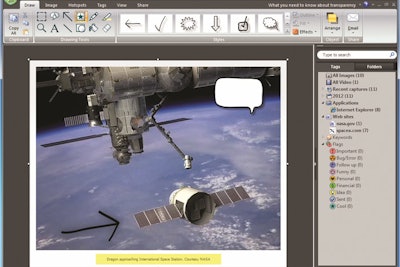
Snagit is a screen-capturing system. With one click, users can capture images, Web pages, or articles, and then add effects such as text, arrows, or highlighting. There’s also a blur tool to hide parts of the image. All of the captured images are saved to a library and can be searched by date, Web site, or keyword. Images can be shared via email, Facebook, Twitter, Evernote, and more.
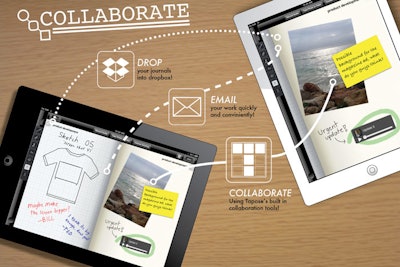
Tapose is an iPad app that lets users create journals, collaborate, and share documents. Users can take notes while incorporating pictures, images, audio, video, and free-form drawings. The app is made to look like a journal with two independent screens so users can have an image open on one while taking notes on the other. Collaboration can be done in real time, or users can share journals as PDF files through email, Evernote, and Dropbox. Tapose was recently purchased by Inadev, and the company is in the process of revamping the app to provide versions for business and consumer use.
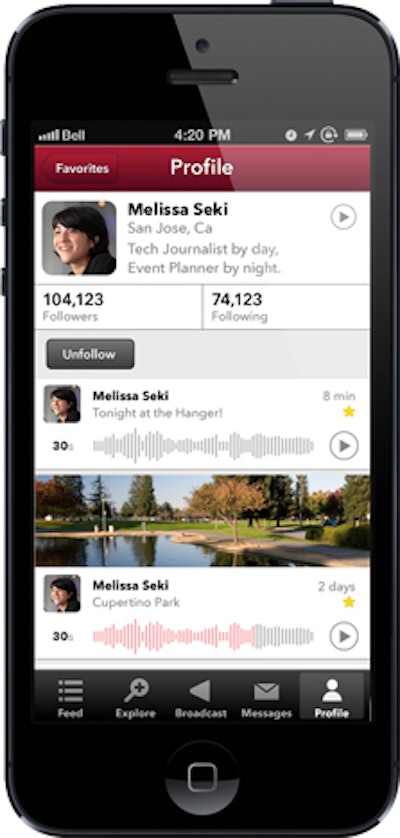
Vobok allows users to record as many as 30 seconds of voice notes, which can be shared along with a photo through the app’s feed or on Twitter or Facebook. The app can also be used to send private voice messages via email.
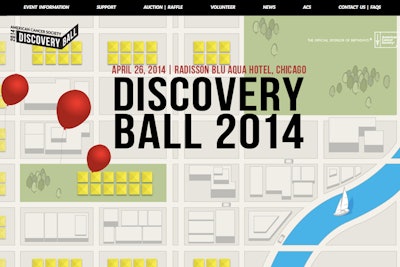
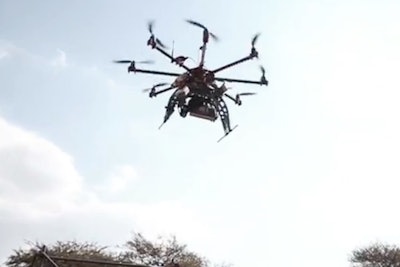
It sounds like something out of a sci-fi movie: a drone delivering beer to guests at a music festival. More than 150 guests at the OppiKoppi music festival in South Africa in August received free cold brews via drone. The initiative was a partnership of Darkwing Aerials, Windhoek Beer, and festival organizers. Guests ordered the beer using an app on their smartphones; staff received the orders and loaded parachute-equipped, single servings of beer (with a lid) onto the drone. Once in the air, the drone used the GPS coordinates of the phone that placed the order to navigate to its destination, where the single beer would drop and parachute down to the waiting recipient. The only area of the festival that was off limits for deliveries was the main stage, where the dense crowd made it too risky to drop beer from the sky. Darkwing Aerials owner Dean Engela said they intend to try the service at future events, using more than one drone to serve guests.
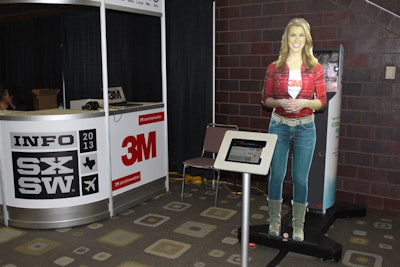
At South by Southwest Interactive in March, 3M wowed guests with a holographic virtual presenter. “Jenny” could sense people passing by and would speak and gesture to them, offering information about panels and events and inviting them to interact with an iPad displayed in front of her.
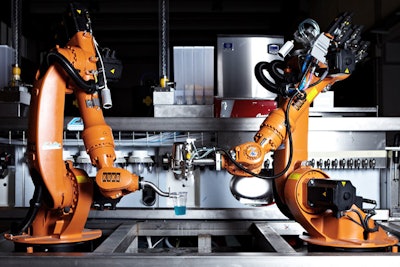
The Makr Shakr is a bartender, social sharing system, and alcohol consumption monitor in one robotic design. Designed by the M.I.T. Senseable City Lab in collaboration with the Coca-Cola Company and Bacardi Rums and produced by Italian firm Carlo Ratti Associati, the robot debuted at the Google I/O conference in May. Guests transmit their cocktail orders via the Makr Shakr app, then watch as three large, orange robotic arms mix up the prescribed combination of liquor, syrups, fruit mixers, and ice. The movements are precise enough to muddle a mojito and thinly slice a lemon. A large screen behind the bar displays a variety of stats, such as number of drinks in the queue, approximate wait time, drinks ready for pickup, and most popular spirits by gender. The app also allows users to see what type of drinks others are ordering, rate the drinks, and share photos on social networks. It also aims to promote responsible consumption by monitoring what a person orders and how often. The developers say for now Makr Shakr is a prototype, intended to be a “social experiment that looks at how people might embrace the new possibilities offered by digital manufacturing.”
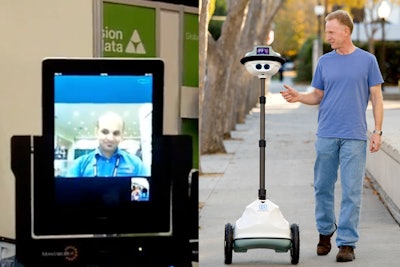
New systems allow users to participate in meetings and events from afar. MantaroBots TeleMe (left) uses an Apple device or Android tablet mounted on a tall, rolling base. Users connect to it using Skype or another video conferencing application and then control its movement from their desktop. “You have a screen, camera, microphone, and speakers in that nice square that emulates the head. And you can pan and tilt the tablet so you can look directly at people without turning the whole robot,” said Jeremy Parsons, C.E.O. at Mantaro Product Development Services. Anybots QB robot (right) uses an integrated screen, camera, and speaker atop a mobile platform that can be positioned from two and a half to six and a half feet off the ground. Users control and activate the robot using Anybots’ Web-based communications system. The company is developing a new model, the Qx, that will have a larger screen and be available in early 2014. At trade shows, these robots can allow someone off site to engage with visitors in a booth and to virtually explore the show floor. Both systems are equipped with obstacle-detection sensors and laser-pointer devices.
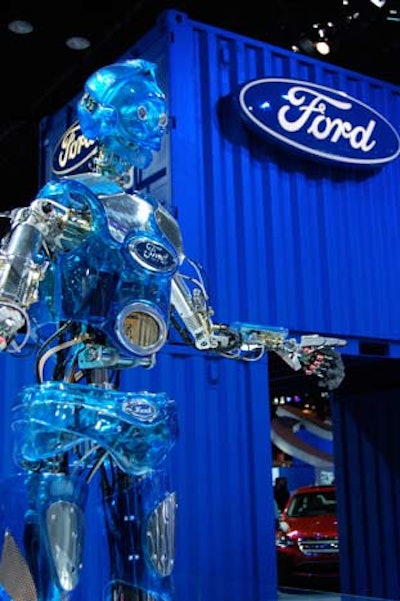
Ford Motor Company has brought its robot, Hank, to several auto shows over the past few years to greet and entertain consumers. The robot is controlled by a staffer hidden from view wearing sensors that transmit his movements to the robot. The staffer also has a microphone to carry on conversations with passersby via the robot.
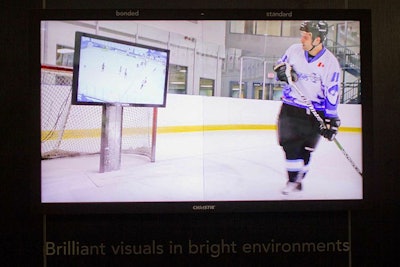
Christie’s WeatherAll line of LCD displays is designed for outdoor use. The 55-inch unit has a water- and dust-resistant exterior and bonded glass that protects it from impact and scratches while also reducing reflection. The display is very bright to boost visibility in any outdoor environment.
